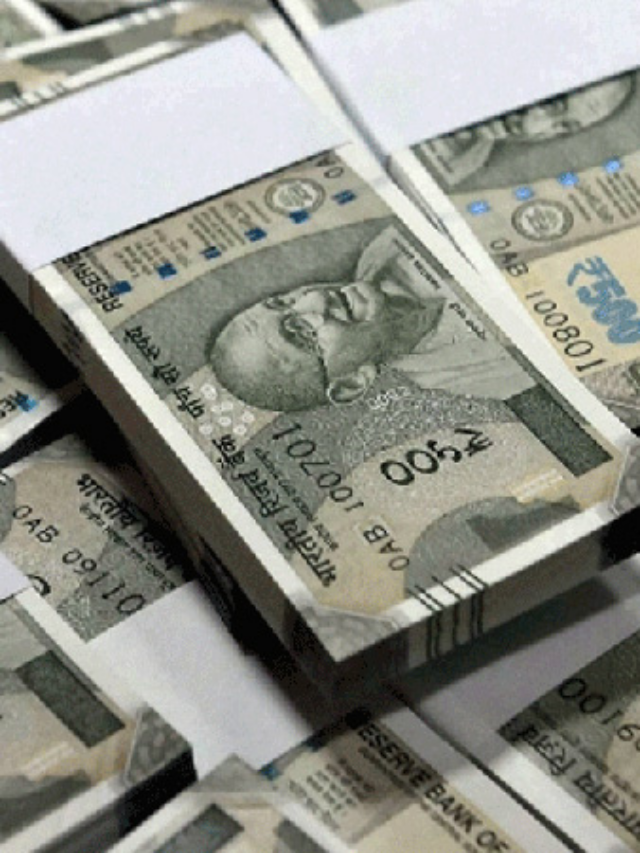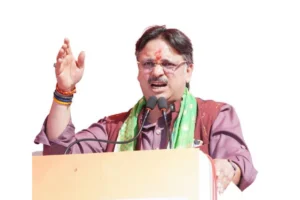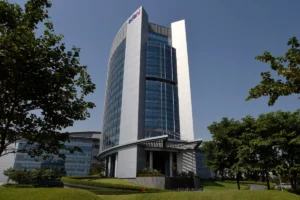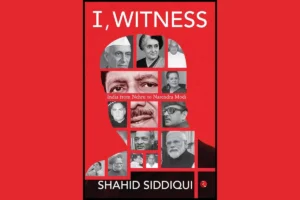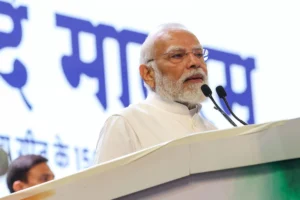
Odisha Train Tragedy
The Railways on Sunday virtually ruled out driver error and system malfunction, indicating a possible ‘sabotage’ and tampering of the electronic interlocking system behind the triple train accident that claimed at least 288 lives in Odisha.
System is fail proof
Railway Minister Ashwini Vaishnaw said, “It happened due to a change made in the electronic interlocking and point machine.”
Top Railway officials explained that how the interlocking system and machine function. They mentioned that he system is fail proof and and fail safe.
Problem with the signalling system
Jaya Verma Sinha, Member of Operation and Business Development, Railway Board said, “It is called a fail safe system, so it means that even if it fails, all the signals will turn red and all train operations will stop. Now, as the minister said there was a problem with the signalling system. It could be that someone has done some digging without seeing the cables. Running of any machine is prone to failures.”
Driver given clean chit
A senior railway official stated that, “This kind of tinkering with the “logic” of the AI-based electronic interlocking system can only be “intentional” and ruled out any malfunction in the system. “The driver of the Coromandel Express was given a clean chit by mentioning that he had the green signal to move in his permitted speed, hence there is no issue of over-speeding. Sandeep Mathur, Principal Executive Director of Signalling, Railway Board, Signal is interlocked in such a manner that it will show if the line ahead is occupied or not. It will also be known whether the point is taking a train straight or towards loop line. When the point shows straight and the track ahead is not occupied then the signal is green and if the point is taking the train on loop and track is clear then signal is yellow and the route is shown of a different direction.”
No Issue of over-speeding
A Railway Board member stated, “Green signal means that in every way the driver knows that his path ahead is clear and he can go forward with his permitted maximum speed. The permitted speed at this section was 130 kmph and he was running his train at 128 kmph which we have confirmed from loco logs.” She further added that in both the trains there was no question of over-speeding. Preliminary finding has found that there is a signalling issue.
Also Read: From IT Pioneer To Environmentalist: Dr Touseef’s Multi-Faceted Contributions To Kashmir
To read more such news, download Bharat Express news apps

















